The Long-billed Dowitcher has now been here for at least three days. I posted some pictures a few days ago: Long-billed Dowitcher, but went back with Cynthia to see it again. Recall, it is mid-migration; it came from the arctic coast and will soon continue south, probably to Mexico. It still has a long way to go. Stopping here, it has spent all of its time just feeding. By Monday (Oct. 7) the bird had gone.
For days, this bird persistently thrust its long bill deep into the muddy floor of a shallow freshwater pond. The pond depth was often 2 to 8 cm, which is ideal for its feeding. The tip of a Long-billed Dowitcher’s bill has receptors that let it locate prey by touch. Seen here, it is sucking some prey up its long bill. Photo by Cynthia Fraser.
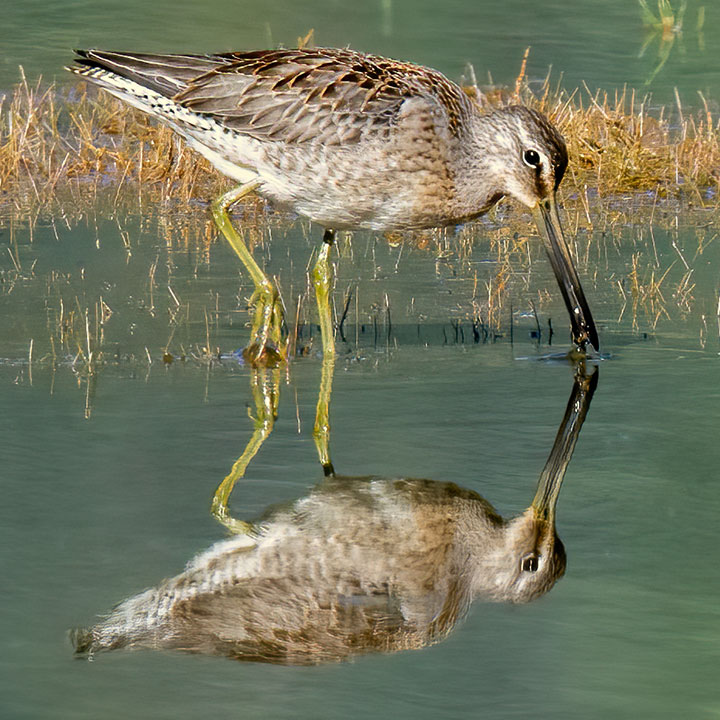
Generally, it eats larvae of insects with occasional plant matter and seeds. This is probably an insect larva. Photo by Cynthia.

Because its bill often was deep in sandy muck, seeing it bring something up above water happened quickly and rarely.
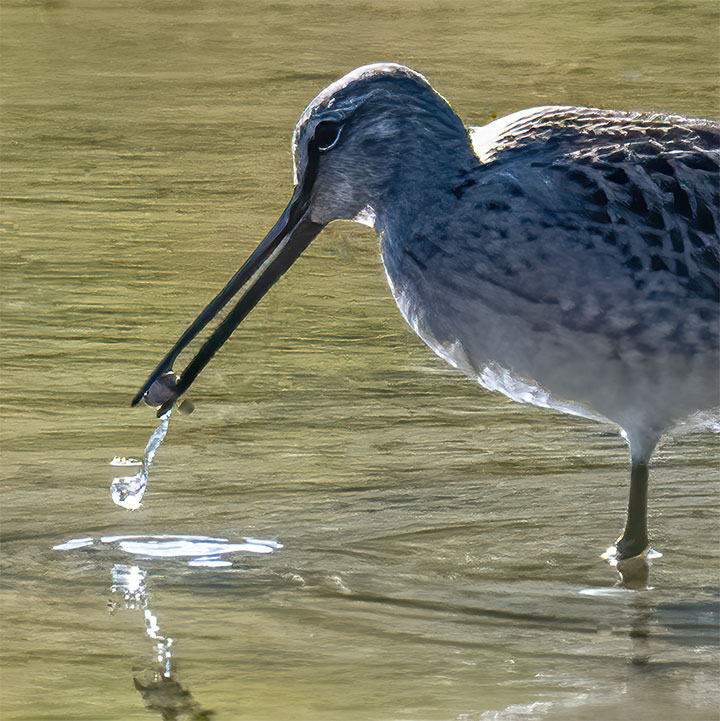
Here it took a short break to fluff its feathers. Photo by Cynthia.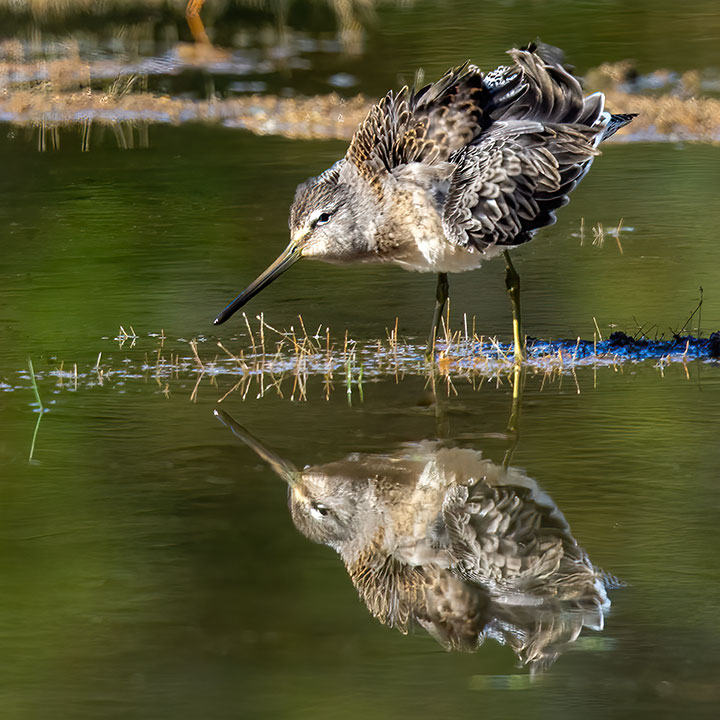
Three days of steady eating has made it fatter. This picture shows the dowitcher and its clear reflection in shallow water.


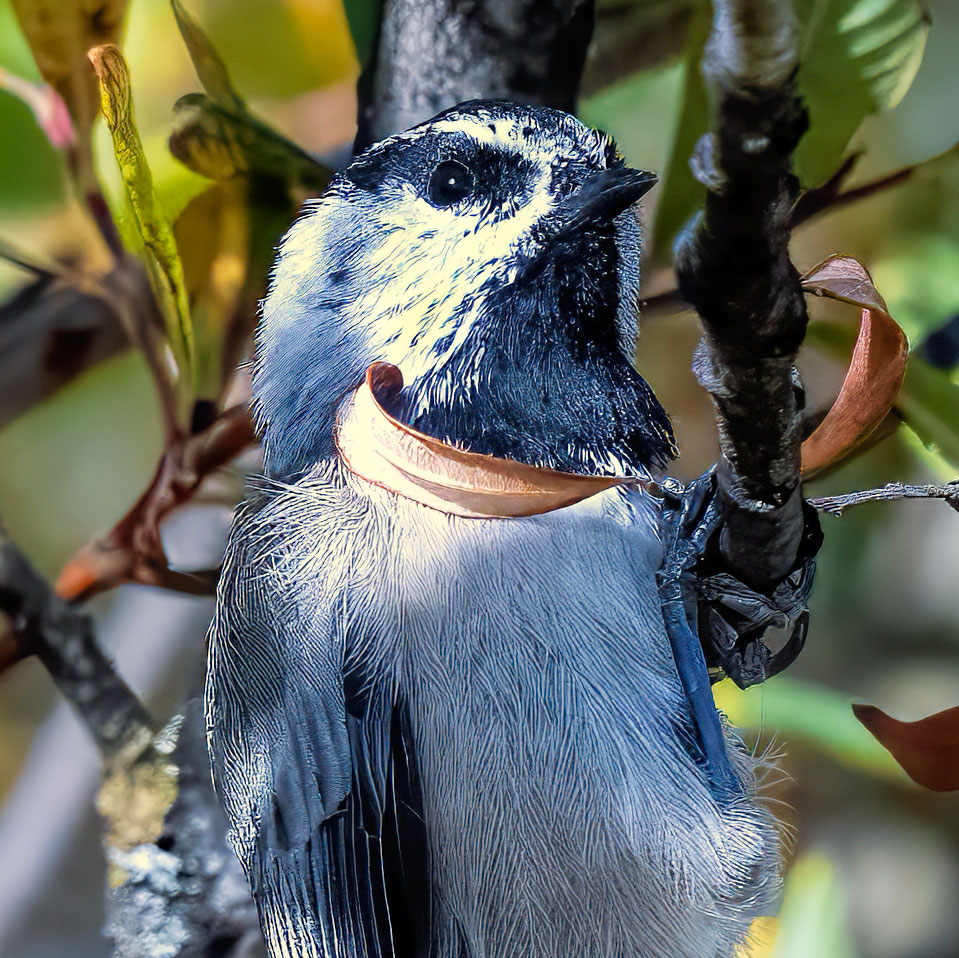
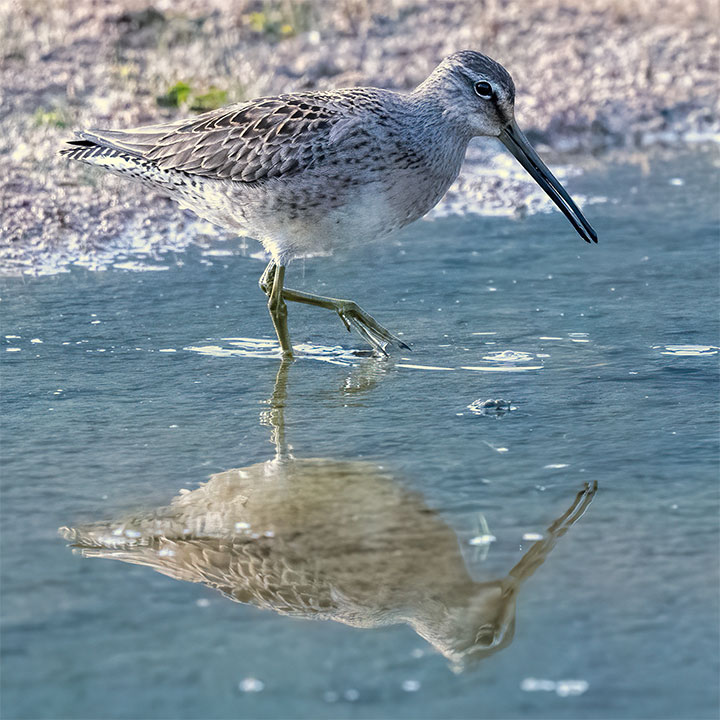

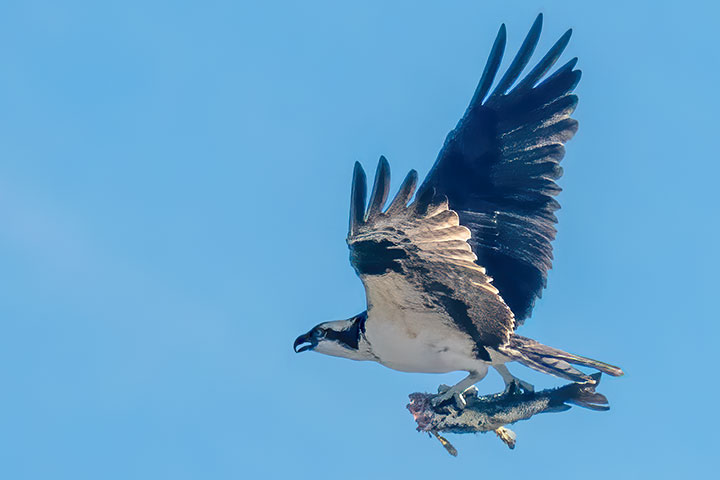


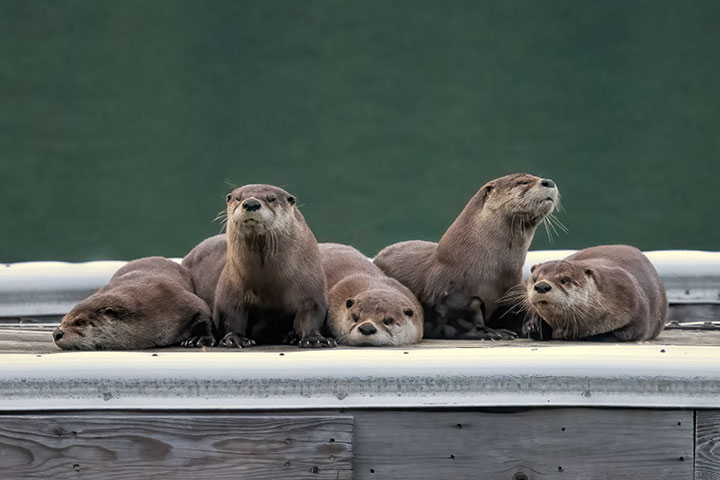
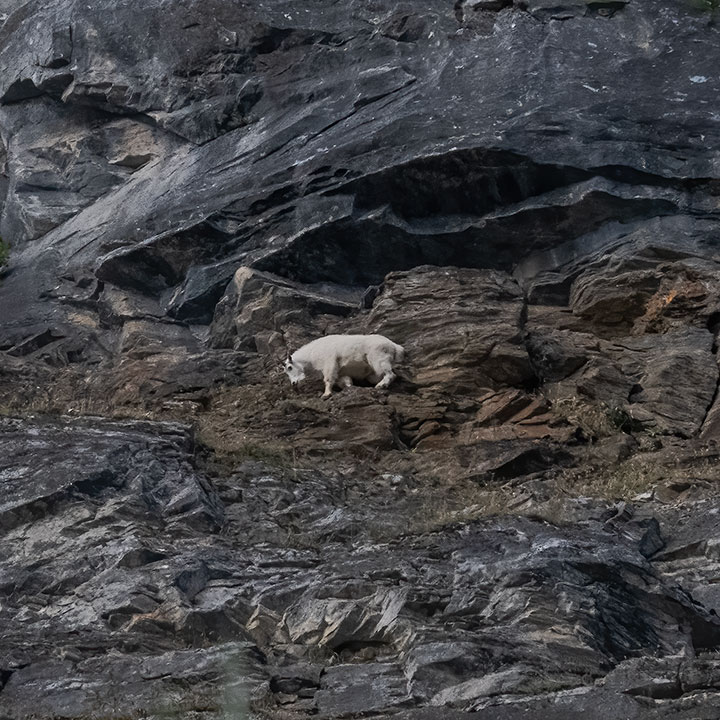
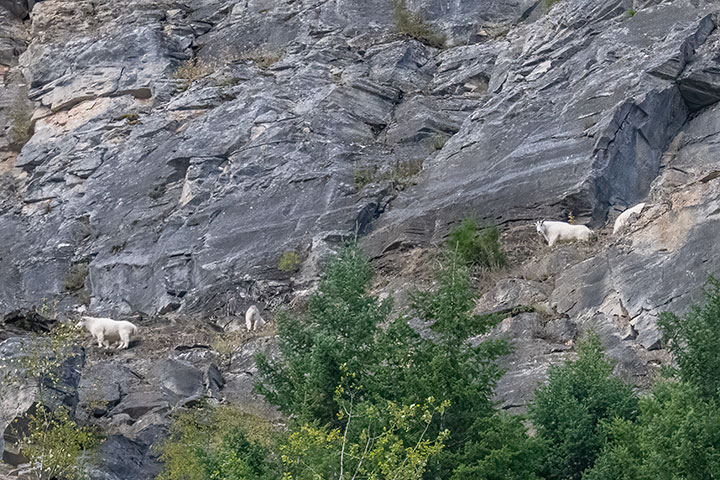
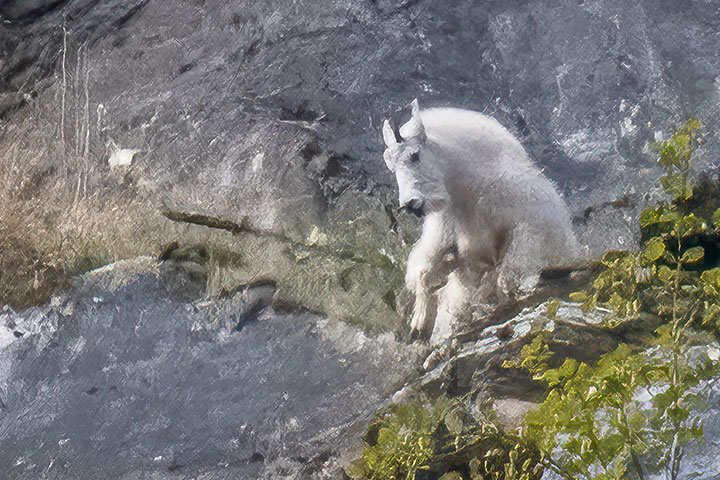
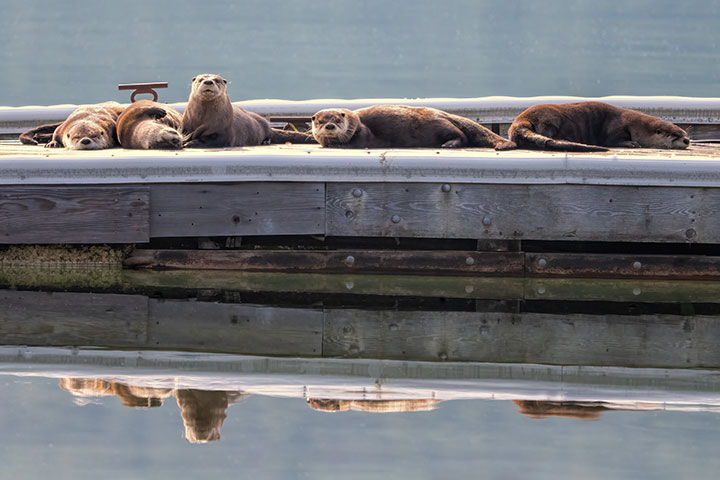
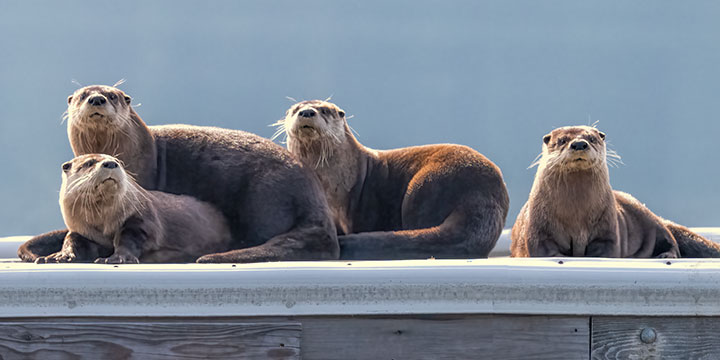
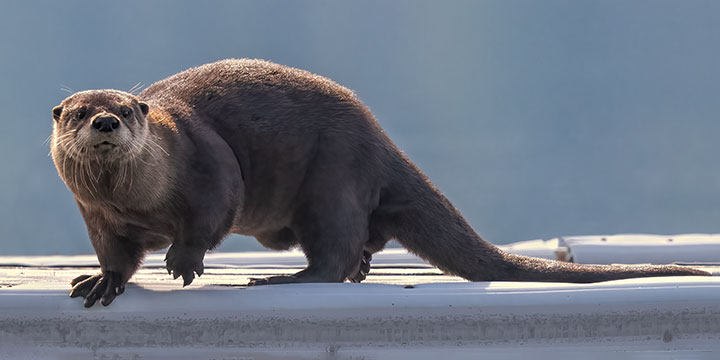

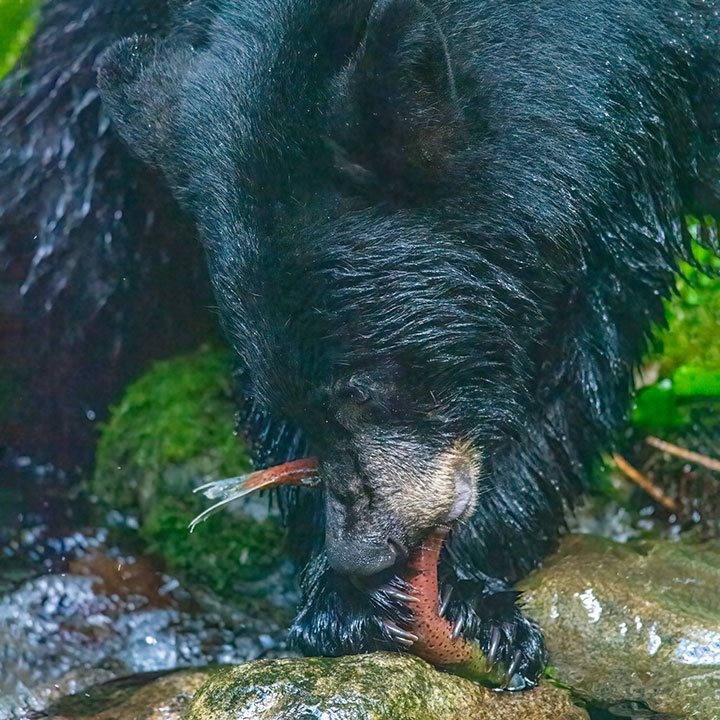
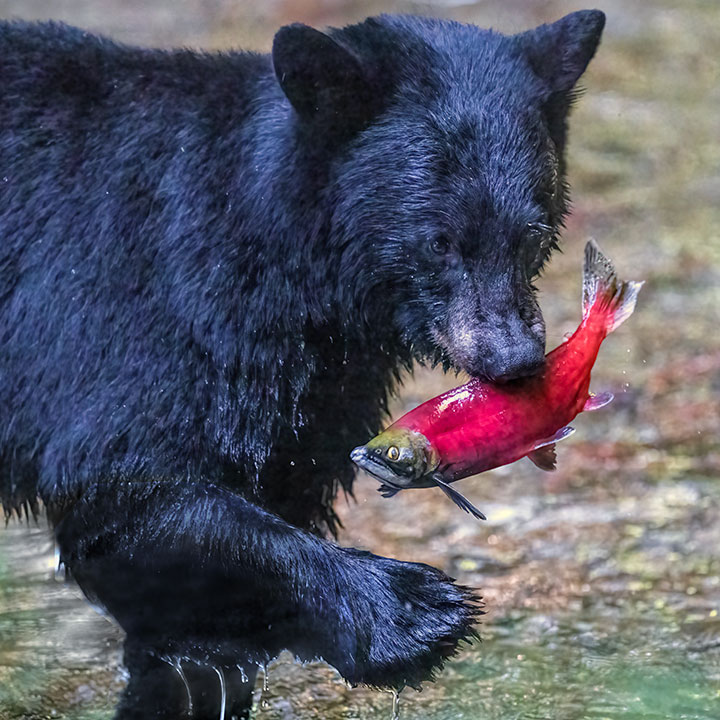
Partial lunar eclipse
I have only rarely photographed a lunar eclipse. The last time was a total eclipse, a decade ago (blog.kootenay-lake.ca/?p=11796), and I spotted a bluish light that is rarely mentioned in the somewhat superficial stories offered by most websites.
Last night I photographed a partial lunar eclipse and expected to see nothing that required an explanation. Yet, there was a mystery that gave me a temporary pause. I will show the picture and attempt an explanation.
This partial lunar eclipse is about at its maximum. Yet, the portion of the moon that is in the Earth’s umbra is much smaller than the shaded region at the top.
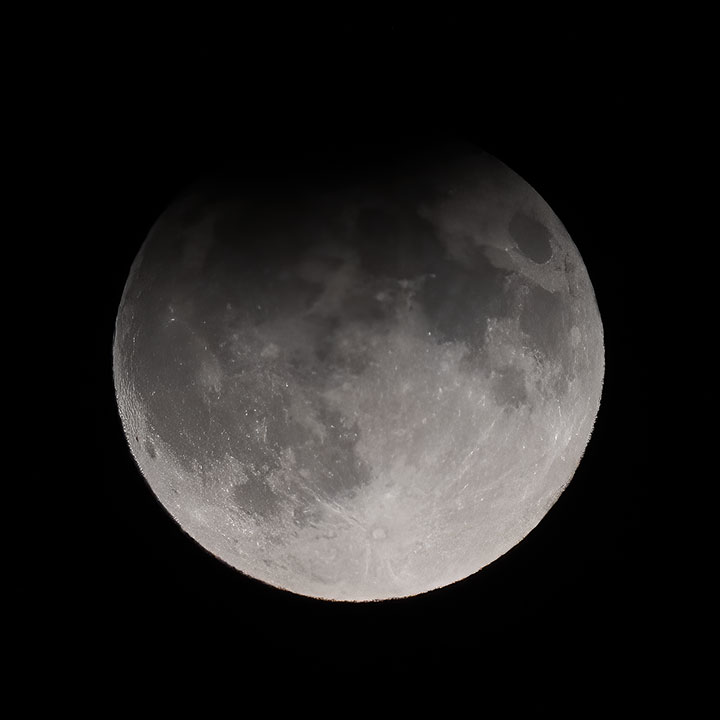
When the moon is eclipsed by the Earth, there are two regions of shadow: the umbra and the penumbra. The umbra is the region of total shade: the Earth blocks all of the Sun’s light from falling on the moon. The penumbra is the region of partial shade: the Earth only blocks some of the light from the Sun.
The thing about the penumbra is that it is not uniformly dark. Some regions are much darker than other regions, depending upon how much of the sunlight gets past the Earth. In this view of the partial lunar eclipse, only a tiny portion at the top is in the umbra, and the rest is all penumbra with its variable darkness.
It is probably easier to understand by imagining that one is walking on the moon, but starting at the top and so deep in the umbra. As you look back towards the Earth, the Sun is completely blocked. As you walk south, you quickly come to a place where now a tiny bit of the Sun peeks around the edge of the Earth. It is still markedly dark where you are, although you have just entered the penumbra.
Further southward walking reveals more and more of the Sun from behind the Earth and so the moon’s surface becomes brighter and brighter.